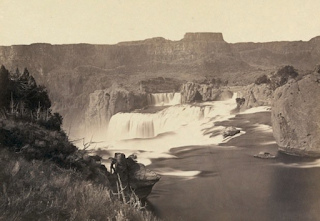The art of deconstruction

In my last blog piece I mentioned the common phrase 'a picture paints a thousand words', deconstructing an image is the art of reading the words the image paints. Deconstructing an image is something that is done subconsciously every time we look at an image for any longer than a passing glance. It is something that can be refined by educating ourselves in all areas, basically the more you understand about the world around you, the more you can read into what an image is trying to say. With this in mind you could say that photographs are a language all of their own. When reading a photograph there are 3 steps we must take in a specific order to deconstruct it accurately. First, we must describe what we see, in the example below we can see tulips in the foreground with a joyful couple behind the tulips, the male is kissing the female. An example of how education can allow you to make informed descriptions is that tulips flower in April, allowing us to add a time of year to ...
